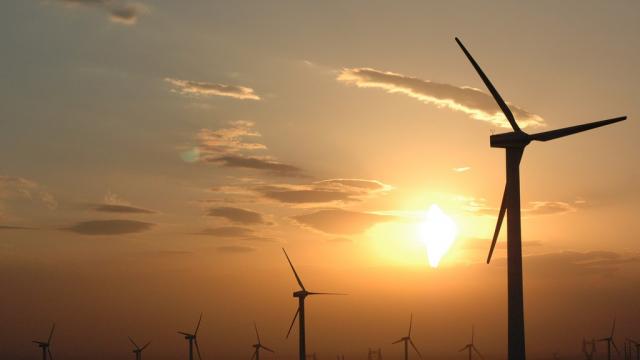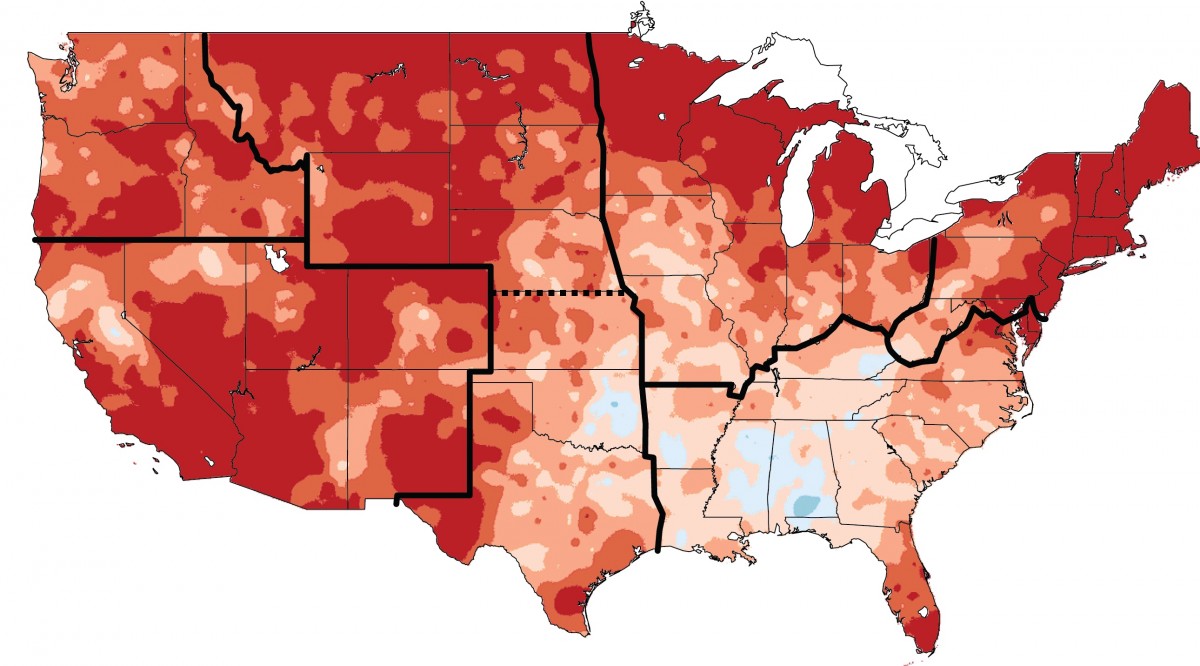
The year is ending on a good note for the planet. The Paris climate deal commits every nation to reducing greenhouse gas emissions and averting a climate crisis. Several weeks earlier, President Obama’s EPA put in place the “Clean Power Plan,” a regulatory strategy under the previously enacted Clear Air Act mandating states to cut greenhouse gas emissions from all power plants. The Clean Power Plan is America’s main tool for fulfilling its pledges under the Paris agreement.
The ball is now in the court of the states to develop emission reduction plans to hit their customized targets. States have until September 6, 2016 to either submit a final plan of action, or an initial plan that would allow them to get a two-year extension.
Your mission: get your state to participate and submit a strong Clean Power Plan.
One challenge is to get conservative states to participate. Like with Obamacare, Republican leaders are encouraging resistance while right-wing lawyers hope to nullify the plan in court. Twenty-six states have filed legal challenges.
However, not all of those 26 states will necessarily refuse to submit a plan. Despite pleas from Sen. Mitch McConnell, only a handful of states have threatened to boycott, and even some of those — including deep red oil states Texas and Oklahoma — have backtracked from the threat.
Why? Partly because, like with Obamacare, even resistant Republicans are able to see the writing on the wall. Refusal to set up a health insurance exchange just meant the federal government did it for you. Refusal to expand Medicaid just meant giving up on free money from the federal government and the ability to reduce costs by improving the health of low-income workers. Eight Republican governors have come around so far.
Having seen the Obamacare experience, the EPA is prepared. Not only can the federal government impose its own emission reduction plan on a noncompliant state, but the EPA is providing financial incentive to states that comply early and stress renewable energy and energy efficiency.
Specifically, a state that submits a full plan by September 2016, which relies on renewable energy and, for low-income areas, energy-efficiency (as opposed non-renewable lower-carbon fuels like nuclear power and natural gas) will receive extra credits toward meeting its goals.
So if you are in a state where the government is debating whether or not to comply, you have an opportunity to petition your leaders and make the case not just to comply, but comply early.
And if you are in a state where the government is already drafting a plan, you have an opportunity to press for a strong plan based on clean energy and support for low-income families.
The National People’s Action network of local grassroots activists has already begun making that case in states across the country. If you’re looking for a climate battle to wage next year, this is it.
3 WAYS TO SHOW YOUR SUPPORT
- Log in to post comments












